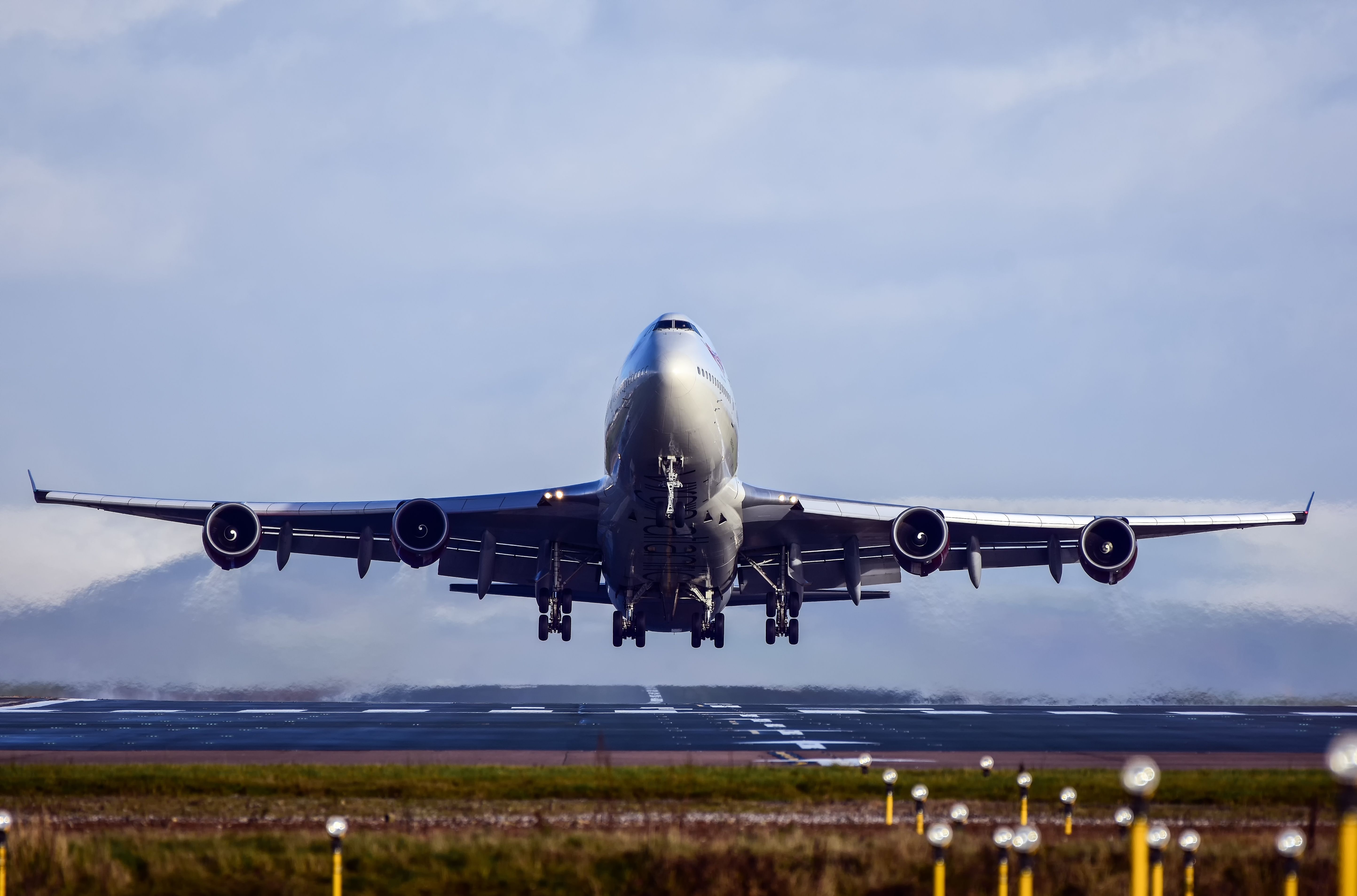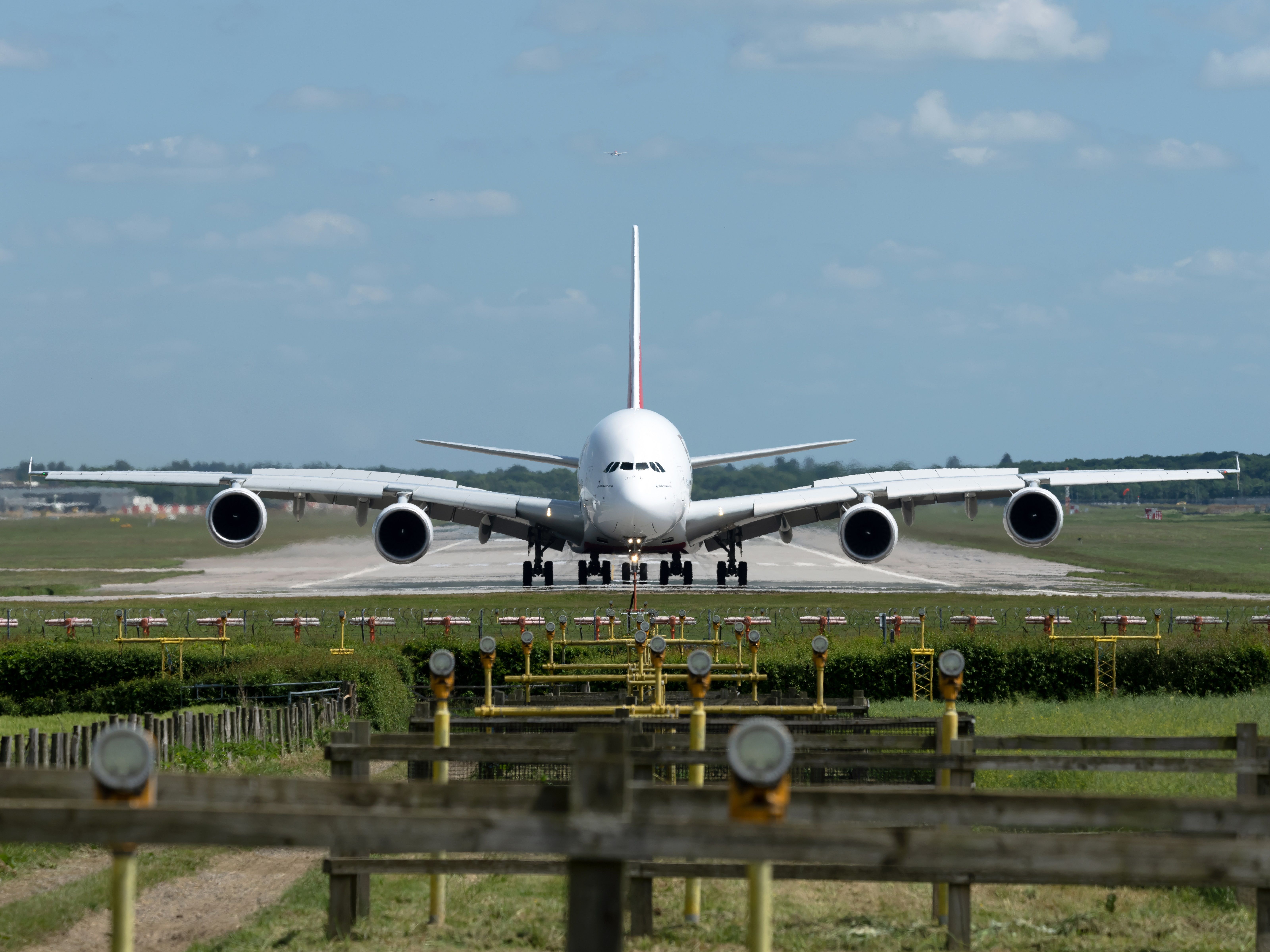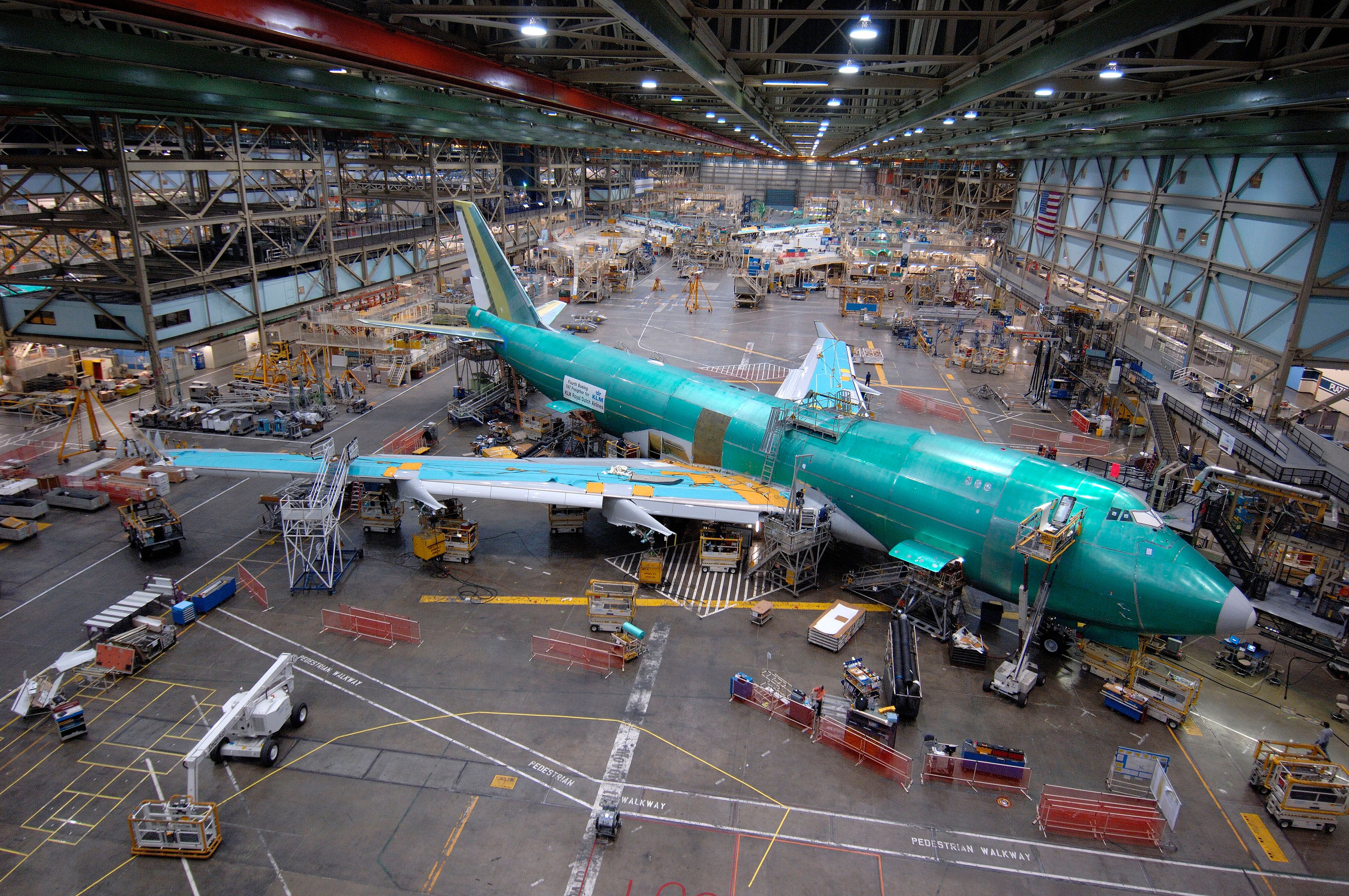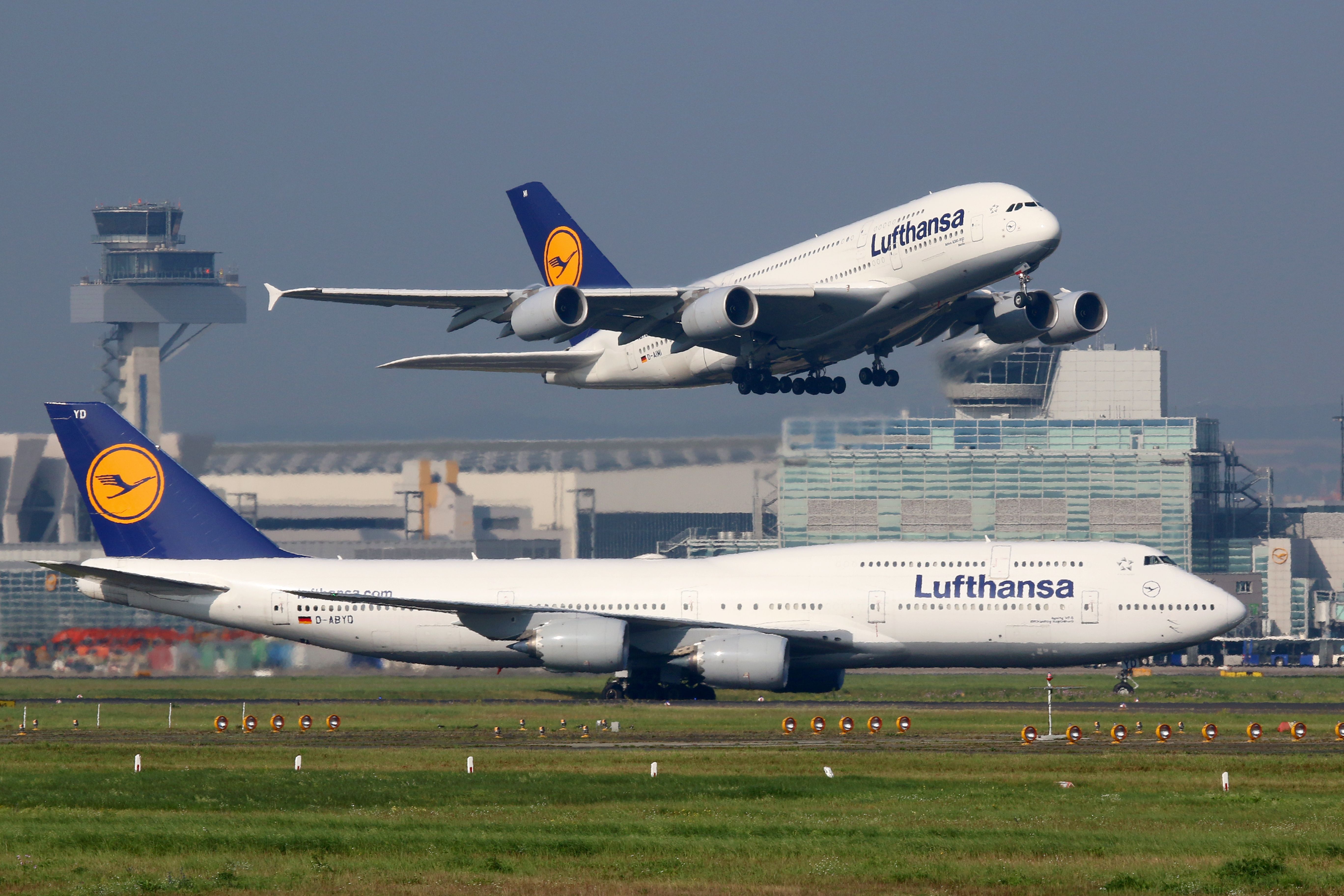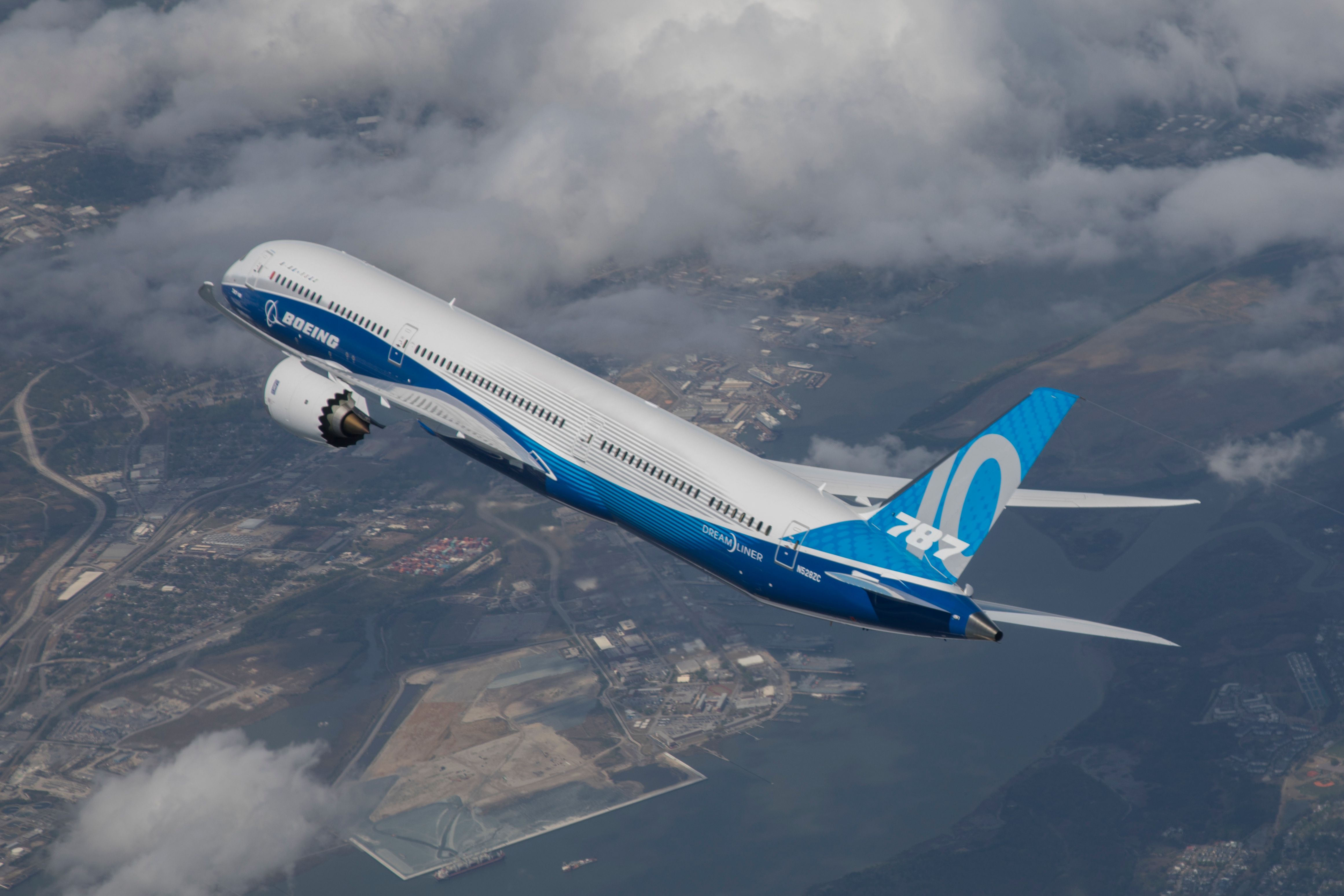The Airbus A380 may or may not have been before its time, and we may never truly find out. However, one thing is for certain - Airbus was not the only OEM to ever consider a double-decker superjumbo jet. Other than Russia's proposed Sukhoi KR-860, or the "Wings of Russia" mega aircraft, Boeing also once drew up plans for a two-storied plane that was to carry over 600 passengers. In hindsight and with what we know now about the financial performance of the A380, perhaps it was for the best that the project never took off.
Nonetheless, the story of the 747X that never came to be is a fascinating part of aviation history - both from a perspective of engineering design and from its absence in the market, where Boeing and Airbus usually go head-to-head with capacity and mission profiles (with the notable exception of the smaller A220, but this was an inherited project from Bombardier.) Let's take a closer look at the timeline of this jet that never took off from the drawing board and the reason Boeing shelved it.
A tale of two decks on separate sides of the Atlantic
Back in 2000, after over a decade of studying the concept and careful planning, what would become the Airbus A380 project was given the green light. Around the same time, Boeing was enhancing plans for a rival to the behemoth. In fact, they were so far ahead that then-chairman and chief executive Phil Condit, according to a quote relayed by FlightGlobal in July 2000, said a launch could come within a matter of months and that between 10 and 30 orders would be enough to give the go-ahead.
The firm was scaling up staffing efforts for the possible launch of the 747X stretch. Additionally, the timescale for service entry was late 2005, which was the same target for the A3XX (which would become the A380). However, Boeing would soon quietly scrap these plans. Could the manufacturer have made this aircraft work, and how many versions of the 747X did it envision?
What was the 747X?
The 747X was a project concept of a bigger version of the 747. It would use a new wing (derived from technology created for the Boeing 777 series) and use the latest engines that would allow a bigger, heavier aircraft to take off.
Boeing actually tried twice to design an aircraft designated the 747X. The first time was in 1996, at the Farnborough Airshow. The firm released plans for a larger 747X than the current model, the 747-400. The designs were the 747-500X, -600X, and -700X. The -700X was so huge that the aircraft's iconic hump might have been lengthened the whole way down to the tail.
Love aviation history? Discover more of our stories here
Progress made
Boeing eventually designed the 747X and the 747X-Stretch. The first was a far more modest improvement on the 747-400 design (essentially a small increase in capacity, a reduced cost, and modern engineering). The 747X-Stretch, however, would see the 747 design increased to almost 80.2 meters long.
Both planes would use the 777 flight deck and feature a 777-inspired interior layout. Meanwhile, neither received any significant amount of interest from airlines. So, they never made it off the drawing board.
What were their specifications?
The Stretch variant was expected to be the basis for a new 747 family. It was planned to include a 150t payload freighter, along with domestic and combi versions. Furthermore, the program was also to include a successor to the legendary -400. The manufacturer added that it would have 3% to 5% lower seat/km costs and 10% lower trip costs than the A3XX-100.
Here are the specifications of the different proposed types of 747X, along with an Emirates Airbus A380 thrown in for good measure.
|
Model |
Passengers |
Range |
|---|---|---|
|
747-500X |
462 |
10,000 mi / 16,100 km |
|
747-600X |
548 |
8,900 mi / 14,300 km |
|
747-700X |
650 |
8,823 mi / 14,200 km |
|
747X |
430 |
10,000 mi / 16,100 km |
|
747X-Stretch |
500 |
9,000 mi / 14,500 km |
|
A380 |
517 (3 class, Long Range) |
9,320 mi / 15,000 km |
For additional comparison, the 747-400 seats 416 and flies 14,200 km.
As you can see, the first three versions of the 747X were huge and would easily rival an A380. Boeing subdued their designs for the second iteration of the 747X but still improved on passenger numbers and distance.
Why did it never go ahead?
Creating a new aircraft is extremely expensive. Not only do you need to hire additional engineers, design the aircraft, build prototypes, and create a new factory setup, but you also need to market the new product, launch it, paint it, and spend years bringing it to market.
All up, it would have cost Boeing something around $4 billion. In addition to these costs, the aircraft themselves would have had a very high price, possibly more than the Airbus' $445.6 million list price.
Lastly, Boeing carefully examined the market and determined that it could go one of two ways. Big aircraft with plenty of capacity flying between major city hubs (Like London, New York, or Dubai), or smaller planes that fly point to point and skip the hub cities (Like Chicago to Manchester). Boeing ultimately decided that the latter was the future and started designing aircraft for that purpose, like the Boeing 787 Dreamliner.
Many of the features developed for the 747X series eventually got used for the 747 Advanced, or, better known as the 747-8.
Notably, even the order book for the passenger 747-8 wasn't so full. Only a handful of major commercial airlines requested the jet. Air China, Lufthansa, and Korean Air Lines were some of the key operators to place orders for the jet's passenger variant. However, the aircraft did see some more favorable numbers when it came to the freighter edition.
Get the latest aviation news straight to your inbox: Sign up for our newsletters today.
Was it the right move?
Altogether, in hindsight, it may have been a great decision not to go ahead with the 747X. Both the 747 and A380 quadjets quickly fell out of fashion over the last few years as airlines turned to more efficient twinjet dual-aisle options.
During the onset of the pandemic, the two types saw rapid retirements by airlines across the globe. Despite the initial high hopes of the A380, it soon became disfavored by airlines only a decade or so after its introduction, and aircraft less than ten years old were sent to long-term storage and uncertain fates.
While some have brought the A380 back as a result of a demand surge following the easing of restrictions, there is still no question that, engineering marvel and favorite of Emirates though it might be, it was far from being one of Airbus' greatest commercial successes.
What are your thoughts about the proposed Boeing 747X aircraft? Were you looking forward to flying on the plane when the previous announcements were made? How do you think it would have competed with the Airbus A380? Let us know what you think of the jet in the comment section.
Source: FlightGlobal

